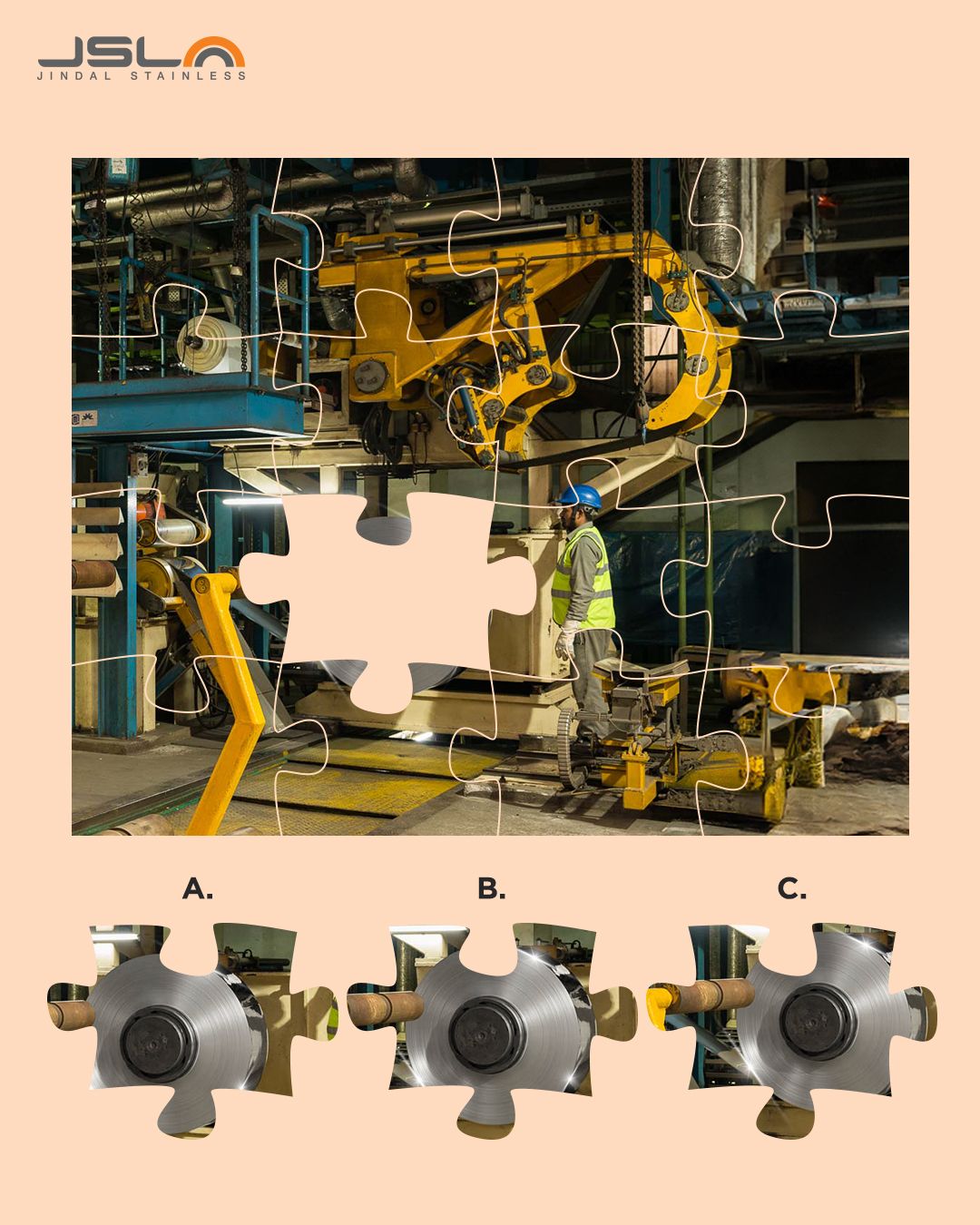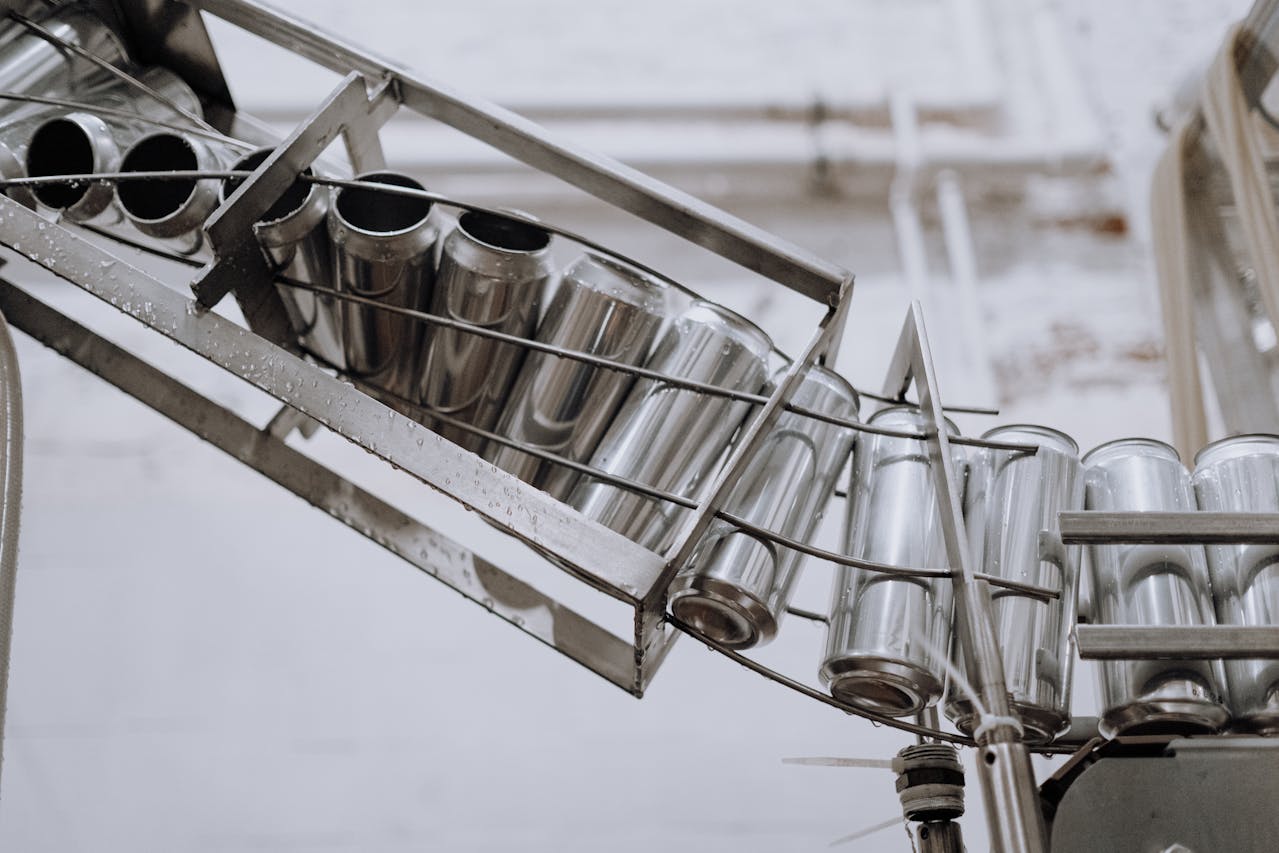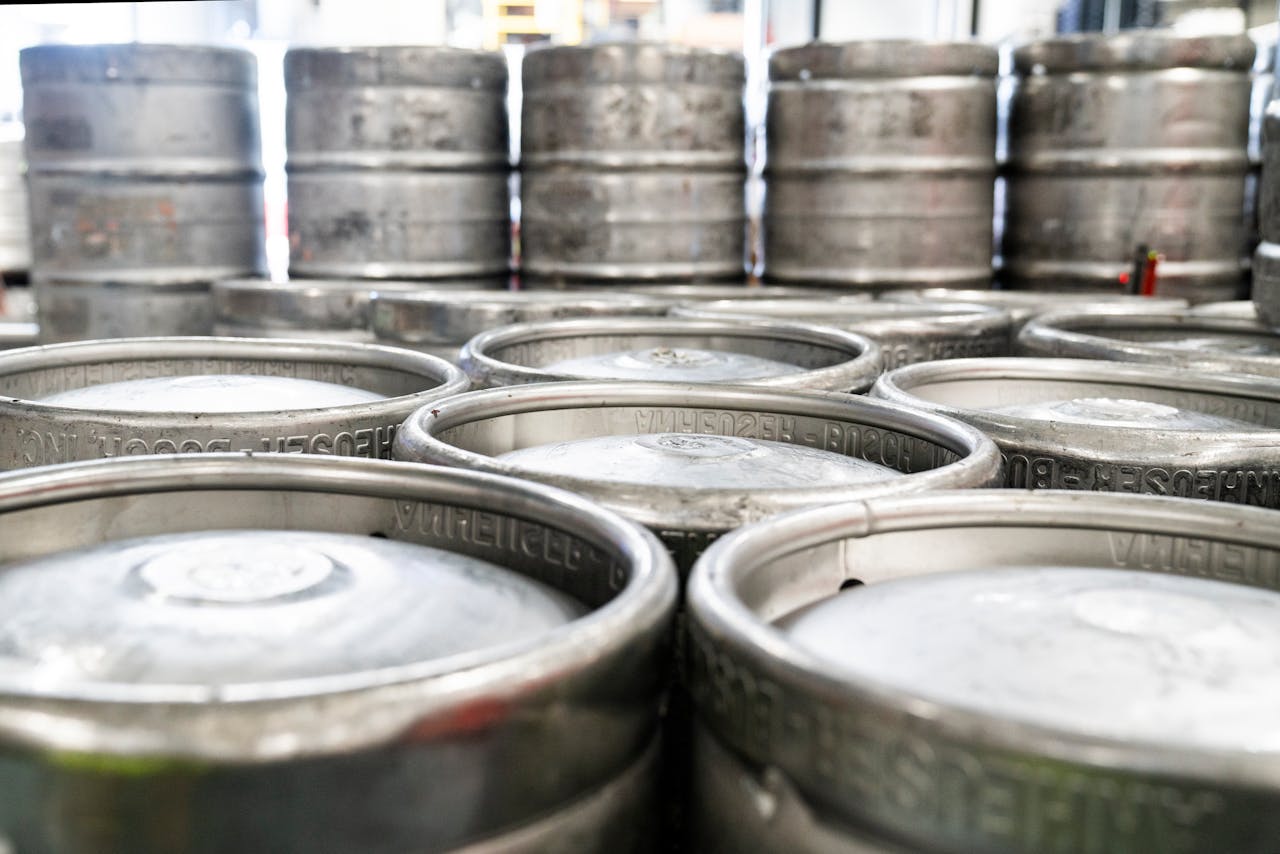18/8 Stainless Steel Explained: Properties, Benefits & Industrial Applications
September 12, 2025
18/8 stainless steel is one of the most popular and trusted materials in both household and industrial use. Closely associated with 304 stainless steel, it is valued for its durability, corrosion resistance, and versatility. From kitchen utensils and cookware to architectural structures and industrial equipment, 18/8 stainless steel has earned its place as a reliable choice across diverse applications. Its widespread adoption comes from offering the right balance of performance and affordability, making it a preferred option worldwide.
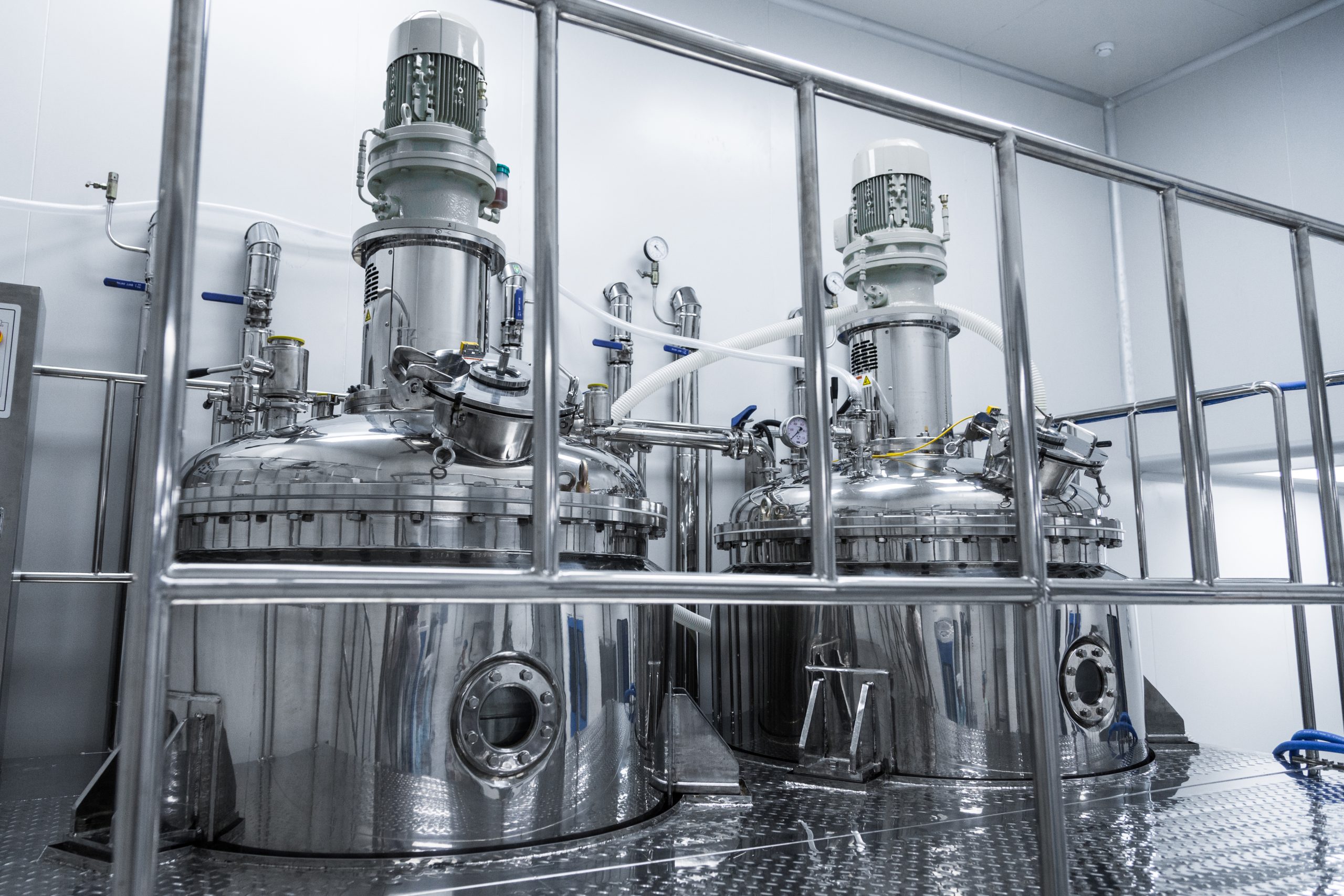
Table of Contents
- What is 18/8 Stainless Steel?
- Composition of 18/8 Stainless Steel
- Properties of 18/8 Stainless Steel
- Industrial & Commercial Applications
- 18/8 Stainless Steel in Kitchenware
- Comparison: 18/8 vs 304 Stainless Steel
- Advantages of 18/8 Stainless Steel
- Conclusion
- FAQs
What is 18/8 Stainless Steel?
18/8 stainless steel refers to an alloy that contains approximately 18% chromium and 8% nickel, combined with iron and small amounts of other elements. It is widely recognised as another name for 304 stainless steel, the most commonly used stainless grade worldwide. The combination of chromium and nickel gives this alloy its well-known properties, resistance to corrosion, long-lasting strength, and an attractive finish, while keeping it cost-effective compared to higher-nickel grades.
Because of these qualities, 18/8 stainless steel has become the industry standard for applications that demand reliability without excessive cost. It is frequently chosen for products that require both safety and durability, making it suitable for everyday household use as well as industrial manufacturing.
Composition of 18/8 Stainless Steel
- 18% Chromium – It creates a protective oxide layer that prevents rust and increases corrosion resistance.
- 8% Nickel – It improves toughness, adds ductility, and gives the stainless steel its characteristic smooth and shiny appearance.
- Iron (Base) – It provides the primary structure and strength of the alloy.
- Trace Elements (Carbon, Manganese, Silicon)– These elements are present in small amounts. They fine-tune properties such as hardness, machinability, and overall durability.
Properties of 18/8 Stainless Steel
Corrosion and Rust Resistance
The protective chromium layer allows 18/8 stainless steel to withstand everyday exposure to moisture, cleaning agents, and mild chemicals. This makes it reliable for sinks, kitchen utensils, and even architectural cladding where longevity is prominent.
Food-Safe and Non-Reactive
One of the most important qualities of 18/8 stainless steel is that it does not react with food or beverages. It does not alter flavours, absorb odours, or leach harmful substances, which is why it is trusted in cookware, cutlery, and food storage containers.
Heat Resistance
18/8 stainless steel maintains its structure and shine under high temperatures, making it suitable for pots, pans, and industrial kitchen equipment that experience direct heat or steam on a daily basis.
Durability with Affordability
While stronger than many basic metals, 18/8 stainless steel remains affordable compared to premium grades like 18/10. It provides dependable performance in furniture fittings, medical instruments, and automotive parts, without significantly raising material costs.
Applications of 18/8 Stainless Steel
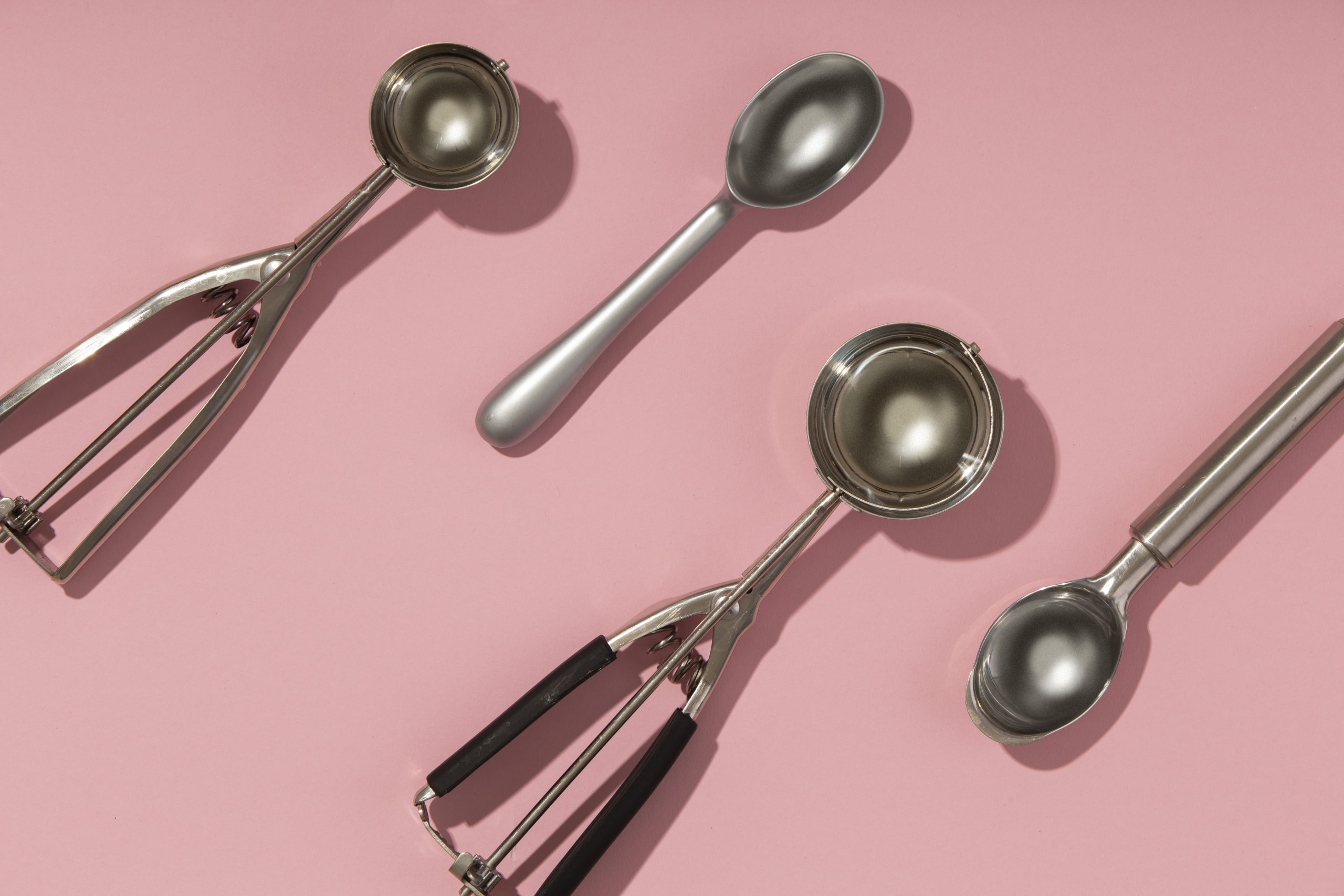
Kitchenware & Utensils
One of the most visible uses of 18/8 stainless steel is in cutlery, cookware, and everyday utensils. From durable forks and spoons to frying pans and stockpots, it offers a reliable material that does not react with food, even under high heat. It is also dishwasher-safe, retaining its shine even after repeated use.
Cookware & Bakeware
Many mid-range pots, pans, and baking trays are crafted from 18/8 stainless steel because it provides good heat resistance while keeping costs manageable. It is also preferred in pressure cookers, serving bowls, and insulated food containers, where both durability and hygiene are non-negotiable.
Home & Commercial Appliances
Beyond kitchenware, this grade is found in refrigerators, dishwashers, sinks, and countertops. Its smooth finish and resistance to stains make it ideal for surfaces that must remain hygienic and visually appealing.
Everyday Infrastructure
In residential and commercial spaces, 18/8 stainless steel is commonly used for door handles, railings, and fixtures. These applications benefit from its long-lasting shine and ability to withstand frequent handling without losing strength.
An Affordable Alternative to 18/10 Stainless
While 18/10 stainless steel has slightly higher corrosion resistance due to its nickel content, 18/8 offers a more budget-friendly option for both households and businesses. It is a practical choice where cost savings are important, but quality cannot be compromised.
Comparison – 18/8 vs 18/10 Stainless Steel
| Feature | 18/8 Stainless Steel | 18/10 Stainless Steel |
| Nickel Content | 8% nickel | 10% nickel |
| Corrosion Resistance | Strong protection against rust in most environments | Slightly higher resistance, especially in salty or humid conditions |
| Durability | Durable for daily use, resistant to scratches and wear | More resistant to pitting and long-term wear, suitable for heavy use |
| Appearance | Retains shine but may lose luster faster with heavy use | Higher nickel ensures a brighter, longer-lasting polish |
| Cost | More affordable, ideal for large-scale or budget-conscious purchases | Higher cost due to extra nickel, considered premium grade |
| Common Uses | Everyday cutlery, cookware, sinks, commercial appliances | Luxury flatware, high-end cookware, medical and lab equipment |
Why 18/8 Stainless Steel Stands Out
18/8 stainless steel has earned its place as one of the most widely used grades across the world. Its balance of durability, corrosion resistance, and affordability makes it dependable for both industrial and household use. From large storage tanks and architectural panels to everyday cutlery and cookware, it delivers consistent performance without compromising quality. This versatility is why 18/8 stainless steel continues to be the preferred choice for manufacturers and consumers alike.
